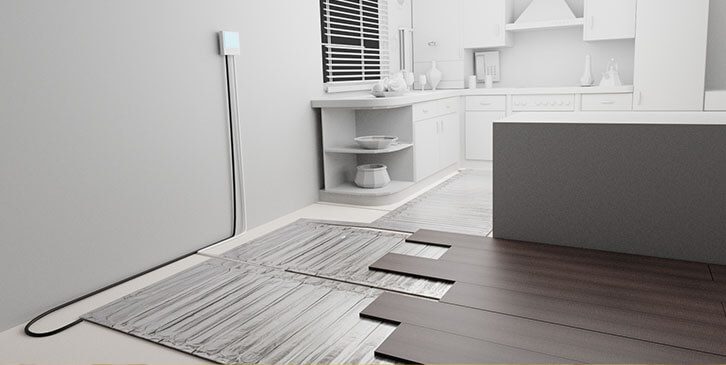No products in the basket.
Electric Underfloor Heating Experts
Need Help & Advice? +44 (0)1803 316131 sales@romaheating.co.uk
Basket
Did you know we also do?
Heating Accessories
See All Heating Accessories 
Quick Deliveries
Competitively Priced
Lifetime Warranty
Click & Collect
Shower Trays
- Shower Lay Wetroom Base Tray + Fast Flow Square Drain
- Waterproof Tanking Corner - External
- Waterproof Tanking Corner - Internal
- Showerliner - Wall & Floor Tanking Membrane
- HC Decoupling Matting
- Aqua Pro Jointing Band
- Shower Lay Wetroom Base Tray + Linear Drain for Tiles
- Backer Board PRO Tanking Tape
Decoupling
- SHC Self-Adhesive Decoupling Membrane
- Waterproof Tanking Corner - Internal / Self-Adhesive
- Waterproof Tanking Corner - External / Self-Adhesive
- Waterproof Tanking Corner - External
- Waterproof Tanking Corner - Internal
- Showerliner - Wall & Floor Tanking Membrane
- SP Decoupling Matting
- SF Decoupling Matting
- HC Decoupling Matting
- Aqua Pro Jointing Band
Wetroom Accessories
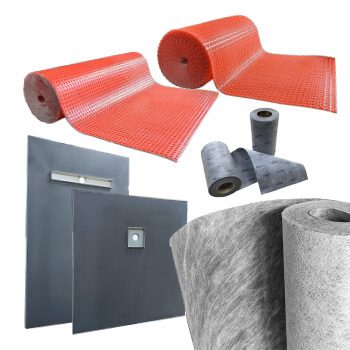
Quick Deliveries
Competitively Priced
Lifetime Warranty
Click & Collect
Manual Thermostats
Digital Thermostats
Wi-Fi Thermostats
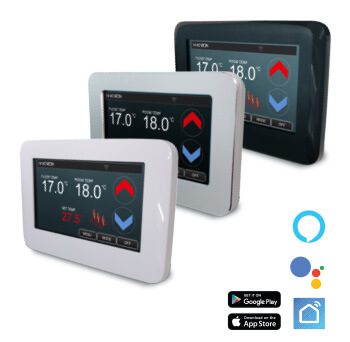
Quick Deliveries
Competitively Priced
Lifetime Warranty
Click & Collect
Under Tile & Stone Floors
See All Insulations 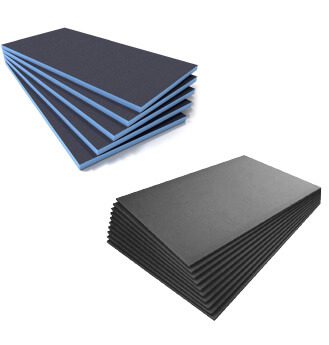
Quick Deliveries
Competitively Priced
Lifetime Warranty
Click & Collect
Don't Forget Your Insulation Boards
See All Insulations 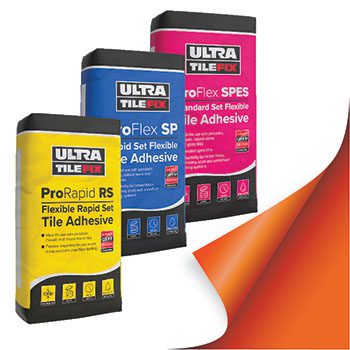
Quick Deliveries
Competitively Priced
Lifetime Warranty
Click & Collect
Home » Articles » Heating Mat »
Electric Heat Mat Under Tiles
Date Published: . By Roma Heating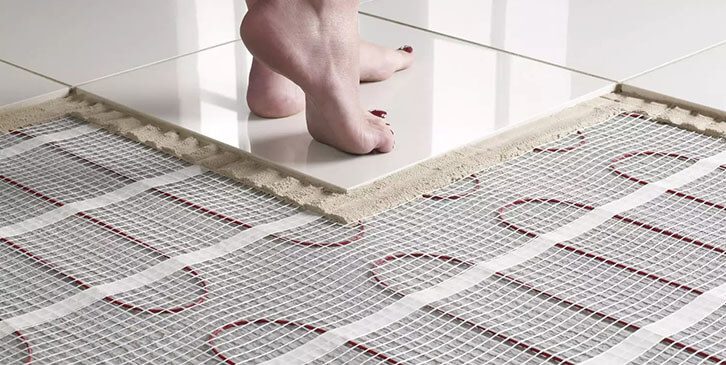
Have you ever considered installing electric heating under the floor?
Installing electric heating under the floor, removes the need for unsightly radiators. They bring a luxurious warmth to any room and floor.
If thinking of renovating or replacing existing floor tiles, installing electric heating is something you should consider. Hopefully, this article will give you all the information you will need, including
- What mat size should I purchase?
- Installation of the heating
- The benefits of heating under Tiles
- Is electric heating expensive?
- What Mat Size Should I Purchase?
First thing to do is measure the width and length of the room. Unlike loose cables, it is not recommended to heat wall-to-wall with 150w or 200w heat mats.
Lets give you an example
You want to heat a square-shaped Conservatory, measuring 4.2m x 4.2m, totaling 17.6sqm. As there are no other forms of heating being installed, the 200w option would be the recommendation (Primary Heat).
The key thing to bear in mind, is that at least 80% of the floor would need to be covered. However, the more percentage achieved, the quicker and more efficient the heating will be. In most cases, you would not be able to cover 100% of the floor with a mat, this can only be achieved with a loose cable. When using electric heating as a primary heat source, insulation boards should always be installed directly beneath the heat mats or loose cables.
When using a heat mat, the area covered is restricted by the number of 0.5m runs and then turns that can be run into the room. This particular room is perfectly sized for a heat mat, as 4m x 4m (16 sqm) could comfortably be installed. This would leave a 100mm unheated border, equating to over 90% heat coverage. Unfortunately, not all rooms will allow this percentage. That is where the loose cable may be a better option. The loose cable enables 100% floor coverage. It is certainly a better option than the mat, in awkward and smaller shaped rooms, like Bathrooms and Wet Rooms.
Installation Of The Heating
Electric heating is very easy to install under Tiles. It can be laid by the most competent DIY enthusiasts, Tilers, or Trade People. Firstly, to aid efficiency and reduce running costs, the heat mat would be laid directly on the insulation.
On concrete subfloors, it is essential insulation is installed, especially when using the heating as a primary heat source. The XPS or Tile Backer thermal boards are the recommendation under Tiles. On a concrete floor, either option should be fixed with a flexible tile adhesive. The heat mats would then be laid directly on top of the insulation and then embedded in a self-leveling compound or flexible tile adhesive.
On wood subfloors, the heat mats can be laid directly on top. However, if threshold heights aren’t going to be comprised, insulation should be used. If the floor is solid, insulated beneath, and ready to be tiled, then the heat mats can be laid on top, however, the response may be slower, than if laid directly on insulation.
Once the insulation has been installed, the heat mat would then be installed. The mat would be rolled out close to the edge of the room, then the mesh backing cut, and then turned, to cover the proposed area. The aim is to roll the mat away from the thermostat position, keeping the connection cold tail close to where they need to be.
On larger areas, multiple mats can be installed. If looking to control larger areas from the single thermostat, a 25amp or 40amp relay may be required.
The Benefits Of Heating Under Tiles
There is nothing worse than a freezing cold floor in the colder months. Even with radiators installed, with the ambient air warm, a cold floor can feel uncomfortable. The beauty of electric heating is that it can work alongside other forms of heating, or on its own, it is totally optional. As electric heat mats heat from the floor and then upwards, it provides a luxurious feel in any room it is fitted.
Electric heating is generally cheaper to purchase and install than water-based underfloor heating. Because of this, they are far more popular choices as a retrofit or as a DIY project. They are also the choice of most trade persons. Due to the basic way in which the heating operates, they are very easy to install. The only recommendation is that connection from the heating to the thermostat is signed off by a qualified electrician.
When installed correctly, with the recommended products used with the heating, both the heat mats and loose wire are covered with a Lifetime Guarantee when installed under Tiles. They are generally regarded as being more reliable and easier to fit than water-based underfloor systems.
Is electric heating expensive?
The common misconception, is that electric heating is costly to run. Electric heating, as mentioned above, initially is far cheaper to purchase, than water-based underfloor heating. Of course, if set to excessively high temperatures and left on for long periods, the running costs would be noticeable on your bills. However, electric heating is not designed to be run this way, it is very efficient when controlled correctly.
Electric heating is generally very responsive, set temperatures can be achieved far quicker than radiators or water underfloor heating. This means, effectively the heating is on less than other forms of heat.
With ever-increasing gas charges and the eventual switch for everything to be powered electrically or by solar, electric heating is the future, which is increasing in popularity by the day.
Get in touch!
At Roma Heating, we offer a personal experience. That is tailored to get you the right product at the right price.
For more information on any of our products please get in touch, we are here to help.
Call Us
Email Us
Get A Quote
Can I get a completely free, no pressure Underfloor Heating Quote? ... At Roma Heating we know working out what you need can be a daunting task so let us take the pressure off.
